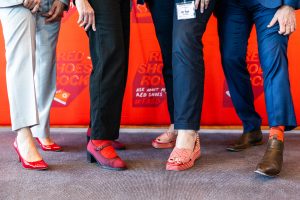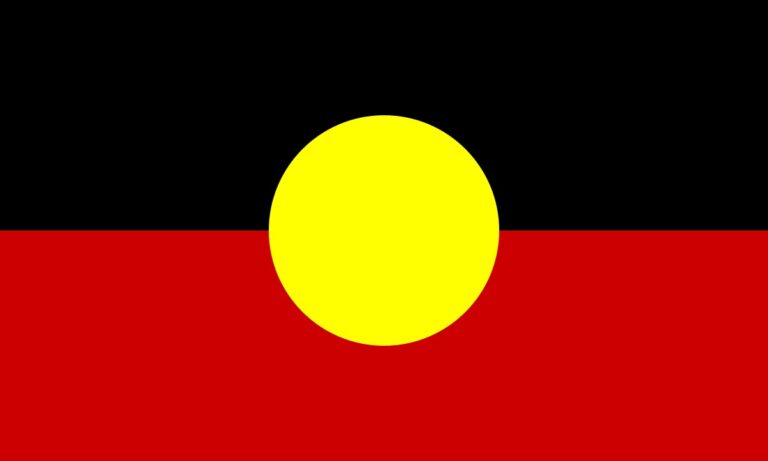With almost half of young Victorians drinking 11 or more standard drinks in a session once a month or more, a new study now reveals exactly what they are drinking and the reasons for their choices.
With respondents citing cost and the desire to obtain the greatest alcohol content for the cheapest price as motivating factors, the study has prompted renewed calls on the Victorian Government to reduce the availability of cheap alcohol in bottle shops and for restrictions on the sale of high-alcohol content drinks in on-licence venues.
The study by the Centre for Alcohol Policy Research (CAPR) examined the alcohol preferences of young adults in Victoria and the alcohol beverages most associated with risky drinking and drinking to get drunk.
Commissioned by the Foundation for Alcohol Research and Education, ‘Just because it’s really, really cheap’: An examination of Victorian young adults’ alcohol product choices, used survey data to identify the population level links between drink preferences and drinking patterns in Victorian adults aged 18-24, together with qualitative research that provided an insight into why young people choose the drinks they do.
The study found that on average, young Victorian high-risk drinkers (defined as those who drink over 11 standard drinks in a session, at least once a month), usually consume more than three different alcohol beverage types and were more likely than non-high risk drinkers to consume regular strength beer, cask wine, bottled spirits and RTD’s (alcopops), regardless of gender.
When examining what young adults drink when they intend to get drunk, it was revealed that 37 percent of males who drink cask wine intend to get drunk often or always, as do more than a quarter of males who drink home brew (31%), cider (26%), RTD’s (26%) and spirits (25%).
While females are less likely than their male counterparts to drink to get drunk, 24 per cent of females who drink cask wine, 22 per cent of female home brew drinkers, and 20 percent of females who drink RTDs and spirits, drink to get drunk.
Report author, Dr Sarah Callinan (CAPR) says while the survey data itself provides a valuable overview of drink choice, the qualitative data from interviews with young people provides an insight into what is driving those choices.
“With this study we set out to find out what young Victorians drink, particularly those drinking at risky levels, and to examine what young Victorians are drinking when they intend to get drunk. Our interviews revealed that the availability of cheap high-alcohol content beverages is fuelling heavy drinking by young people who, mindful of cost, are deliberately choosing these products when intending to get drunk,” Dr Callinan said.
Study participant Clara, was typical of many 18-24 year old cost conscious drinkers.
If I had lots of money I would choose my alcohol based on I guess cool standards and fair trade. But I think being a student I think price really is one of the biggest factors. (Clara, a high risk drinker)
Participants also indicated that they pre-loaded on cheap off-premise alcohol to reduce their need to purchase more expensive alcohol at venues, often selecting products which provided a relatively high alcohol content for their price.
Often goon [for pre-drinks], which is like wine in a cask, just because it’s really, really cheap. (Katie)
If I have pre-drinks before I go out somewhere I’ll probably drink a six pack or maybe quarter of a bottle of vodka, maybe like seven or eight standard vodkas. And that, that’s because I’m a student and I try not to spend money on alcohol when I go out. So if I drink more at home it’s cheaper I reckon. (Ryan, a high risk drinker)
The majority of participants indicated they would select spirits when they wanted to get drunk quickly.
We know that the shots can sort of do it fast which is why we have them. (Carolyn, a high risk drinker)
Doing shot and then … you’re getting to the high status very fast. Otherwise if you are drinking beer you have to have like ten or fifteen bottles. (Thanh)
FARE Chief Executive Michael Thorn says the findings have important policy implications for Government.
“This research provides further evidence that young drinkers are influenced by price and the desire to get the biggest bang for their buck,” Mr Thorn said.
“Four weeks out from the Victorian election and we are yet to see any commitment from the parties for evidence-based alcohol policy reform. If they are serious about addressing alcohol harms, efforts to reduce the availability of cheap booze in bottle shops, together with restrictions on the sale of highalcohol content drinks, and better enforcement of promotions and Responsible Service of Alcohol regulations in bars would be a good first step”.






